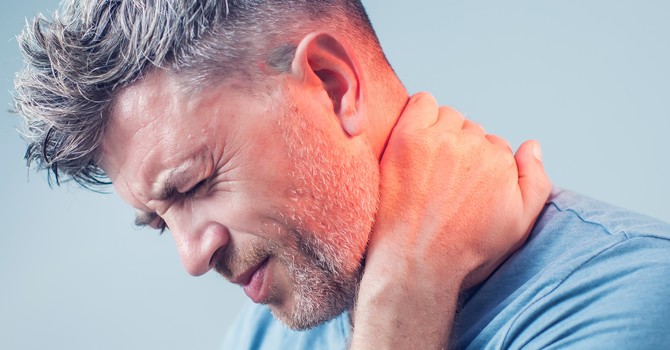
What is a Slap Tear?
Slap tears are injuries to the glenoid labrum, which is an area containing a ring of cartilage surrounding the socket of the shoulder joint. Slap is an acronym for “superior labral tear from anterior to posterior. Slap tears can be caused by acute trauma or by constant repetitive shoulder motion. Let’s break down exactly what happens when slap tears occur.
How are they caused?
The shoulder is a ball-socket joint which consists of the humerus, the scapula and the clavicle. These humerus and scapula are connected through a socket known as the glenoid which consists of a fibrous layer of tissue known as the labrum. The labrum serves as an attachment point for many other things in the body including ligaments from the shoulder as well as a tendon from the bicep muscle. As mentioned, slap tears are injuries to the glenoid labrum where the superior part of the labrum is injured. This injury affects both the anterior and posterior part of the attachment of the bicep tendon, which can result in additional injury
Some ways which the injury can occur include:
- Motor vehicle accidents
- Falls on outstretched arms
- Forceful pulling on the arm
- Forceful movement on arm when above shoulder level
- Shoulder dislocation
Individuals who participate in repetitive overhead sports such as baseball, basketball, weightlifting, etc., are more prone to tears in the labrum due to repetitive shoulder movement.
In addition, slap tears are more prominent in individuals over the age of 40 as there is a constant wearing down of the labrum that happens over time. However, tears of the labrum in individuals over 40 differ from tears in the labrum for those under 40, as this is seen more as regular aging compared to an acute injury.

Symptoms and signs
Common symptoms and signs of slap tears include:
- Pain with movement of shoulder and while lifting objects
- Decrease in shoulder strength
- Decreased range of motion
- Sensation of popping, locking catching or grinding of shoulder
How long does it last and how is it treated?
Unfortunately, due to the severity of the injury, slap tears do not usually heal on their own and require surgery. After surgery t
he average recovery time is 4 to 6 weeks which is when the physician will recommend physiotherapy.
Some ways to treat the injury include:
- Over the counter medication (Ibuprofen and other anti-inflammatories)
- RICE (Rest, Ice, Compression, Elevation)
- Surgery
- Exercises to build muscle back up provided by physiotherapist
- Immobilization (sling)
After having healed, it could take up to an additional 2 months in order to achieve the same strength prior to injury. This is why it is important to take action right away to minimize time away from activity and to have a proper recovery.
Sumen Singla
Contact Me


